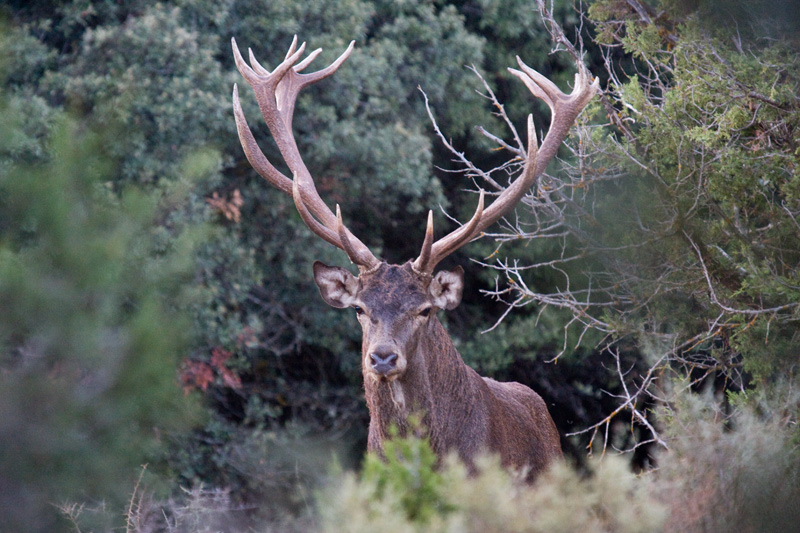Initiation
Hunting
License
These are a couple links:Hunting permits
Hunting tourism Spain
Initiation
Hunting
License
These are a couple links:
Deer live in a variety of biomes, ranging from tundra to the tropical rainforest. While often associated with forests, many deer are ecotone species that live in transitional areas between forests and thickets (for cover) and prairie and savanna (open space). The majority of large deer species inhabit temperate mixed deciduous forest, mountain mixed coniferous forest, tropical seasonal/dry forest, and savanna habitats around the world. Clearing open areas within forests to some extent may actually benefit deer populations by exposing the understory and allowing the types of grasses, weeds, and herbs to grow that deer like to eat. Additionally, access to adjacent croplands may also benefit deer. However, adequate forest or brush cover must still be provided for populations to grow and thrive.

Wild pigs (also known as wild hogs, wild boar, or feral swine) are an Old World species and are not native to the Americas. The first wild pigs in the United States originated solely from domestic stock brought to North America by early European explorers and settlers. Many years later, Eurasian wild boar were introduced into parts of the United States for hunting purposes. In areas where domestic pigs and Eurasian wild boar were found together in the wild, interbreeding occurred. Today, many hybrid populations exist throughout the wild pig’s range.